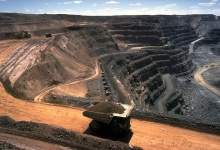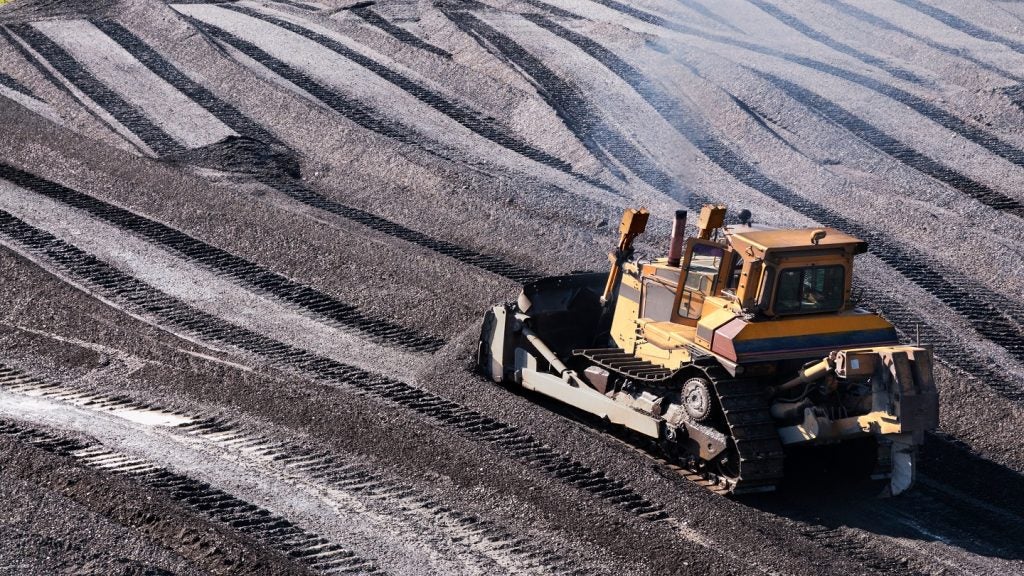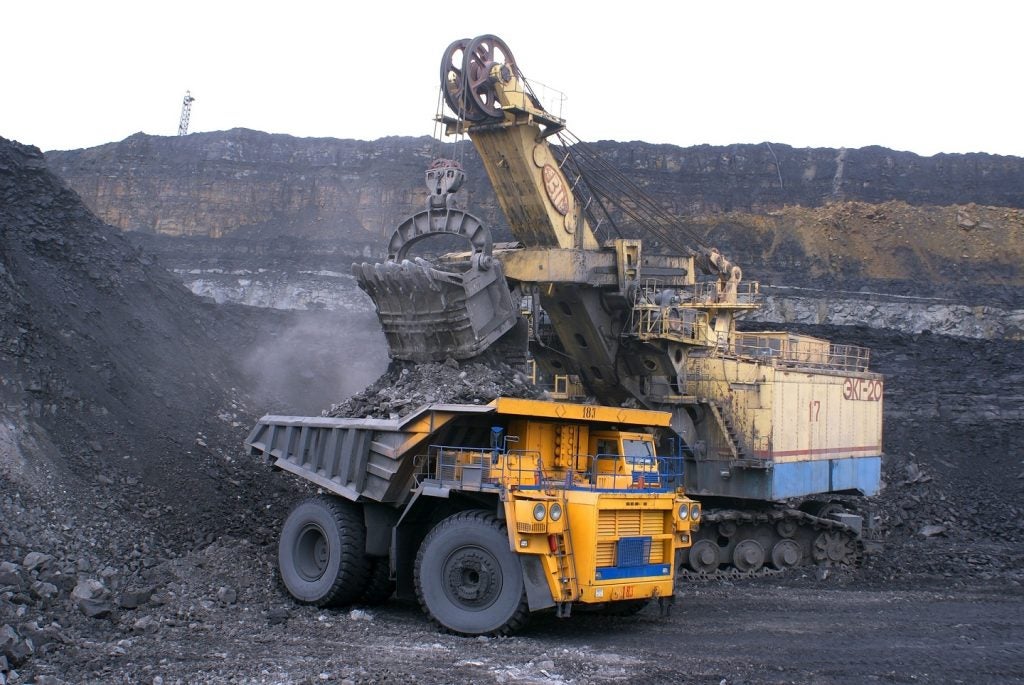

"Finding more minerals is critical to the long-term energy and economic future of New South Wales (NSW). Resource royalties help fund services such as hospitals, schools and roads," Brad Mullard, executive director of geosciences at the NSW Government’s Division of Resources and Energy said in September last year.
However, despite Mullard’s words of encouragement the NSW Association of Mining and Exploration Companies (AMEC), which comprises hundreds of explorers, emerging miners and the companies servicing them as its members, claims state policy is failing miners and deterring investment.
AMEC says there has been a drop of 25% in the number of exploration licences issued since September 2012, which, it believes, is directly related to the imposition of new fees and levies on the industry since July 2012. As of 2013 NSW remained 39th of the 112 jurisdictions surveyed in the Frazer Institutes’ Policy Perception Index, which measures the overall policy attractiveness. Western Australia ranked sixth.
In February AMEC published a report entitled ‘Creating a Globally Competitive Mineral Exploration and Mining Industry‘ detailing a number of reforms to reverse current trends. They include: establish a Ministerial Mining Industry Advisory Committee, streamline and reduce uncertainty in the approvals processes, share costs between parties in Land Access Arbitration and establish a mining rehabilitation fund.
See Also:
Eoin Rothery, CEO of NSW-based mining company and AMEC member Thomson Resources, which operates in the Thomson Fold Belt rich in gold, zinc and copper, shares his thoughts on AMEC’s proposed legislation changes and the challenges his company currently face operating in the state.
How well do you really know your competitors?
Access the most comprehensive Company Profiles on the market, powered by GlobalData. Save hours of research. Gain competitive edge.

Thank you!
Your download email will arrive shortly
Not ready to buy yet? Download a free sample
We are confident about the unique quality of our Company Profiles. However, we want you to make the most beneficial decision for your business, so we offer a free sample that you can download by submitting the below form
By GlobalDataHeidi Vella-Starr: Right now, what are the major challenges facing miners operating in NSW and Australia as a whole?
Eoin Rothery: The most pressing problem is the lack of access to equity investment. Companies are being valued at close to cash backing; exploration holdings are regarded as costly ventures and are often assigned negative values. A set of drill results represents an opportunity for investors to sell shares, dragging prices down and further limiting the ability to raise money. Even an announcement of a major project or resource is met by speculation about "how much is it going to cost up front" and the spectre of raising capital is used to dump more shares.
HVS: Are these issues specific to Australia or the international mining industry as a whole, would you say?
ER: This risk-averseness is a global phenomenon and of course related to the global financial crisis. Not many people want to take risks any more. However, this means there is currently a big disconnect between where the world is going to get its materials to grow and power its cities and infrastructure, and how you go about finding and exploiting these materials.
Australia has a legacy of abandoned mines which, due to fragmented initiatives and a lack of funds, are not being rehabilitated.
HVS: Of the 13 key policy initiatives outlined in AMEC’s report, which one is most pressing, do you think?
ER: I think the most important practical initiative would be number three: ‘streamline the approvals process’. While not specifically stated, the reality is that getting approvals in NSW – for drilling, tenement applications and renewals – are taking longer and are more arduous. New guidelines and requirements are being introduced continuously, it feels like. The government has introduced more ‘compliance’ requirements and oversight; most of this is short-sighted reaction to community concerns around coal-seam gas, but the knock on effect to mineral exploration has been dramatic. AMEC calls for risk-based assessment: that is exactly what is needed.
HVS: What other recommendations do you think are key?
ER: The co-funded drilling program. The current program is a good start, but severely limited in scope and design. No amount of ‘promotion’ will work without something concrete like this to make a real difference.
Thirdly, a real potential show-stopper is the issue of the explorer paying for landowners’ costs in land access negotiation. While mineral explorers have rarely had to go to arbitration in the past, when the message gets out the explorer pays, you can expect projects to be tied up indefinitely.
The planning approvals process has been a disaster. Unfortunately this is largely unsolvable at least until the actions of previous Ministers for Mines in NSW Messrs [Eddie] Obeid and [Ian] Macdonald [both of whom face corruption charges recommended by the Independent Commission Against Corruption] fade into distant memory. An arms-length, practical and realistic process is a necessity. The recent Planning Assessment Commission’s rejection of the [Anglo American] Drayton coal mine expansion was bordering on farcical [the mine was rejected for a second time due to the effect it would have on horse stud farms in the area.].
Of the rest of the policy initiatives, all of which I like, I think establishment of a Ministerial Mining Industry Advisory Committee would make the most difference.
HVS: What other initiatives would you like to see implemented?
ER: I’d like to see the Geological Survey of NSW (GSNSW) returned to something like its former glory. The move of its headquarters to Maitland in 2001 was a mistake. Online systems offer the best hope of getting its functionality front and centre in the exploration process – better databases, better maps. GSNSW should undertake more geological, geophysical and geochemical baseline mapping.
HVS: How has policy settings in NSW affected Thomson Resources’ attractiveness to investment?
ER: NSW remains a very prospective region with good infrastructure and reasonable governance. The policy settings, however, set it back a long way behind comparable areas like South and Western Australia. It needs to catch up; it won’t do that by increasing the paperwork and regulatory burdens on explorers.
By and large our investors have been very supportive and take a long-term view, which is commendable.
HVS: Why have Australia’s discovery rates declined over the last 20 years, do you think?
ER: Discovery rates have declined mostly because the easy-to-find deposits are dug up already. Australia still has vast potential to find more economic deposits but they will require geological expertise, lateral thinking, access to investment funds and support – not hurdles from government.
HVS: Do you expect discovery rates to decline further?
ER: Unfortunately and inevitably discovery rates will keep declining unless government policy is changed along the lines AMEC recommends. The industry needs radical action to stop the decline and maintain the contribution mining already makes to the NSW economy.


.gif)





